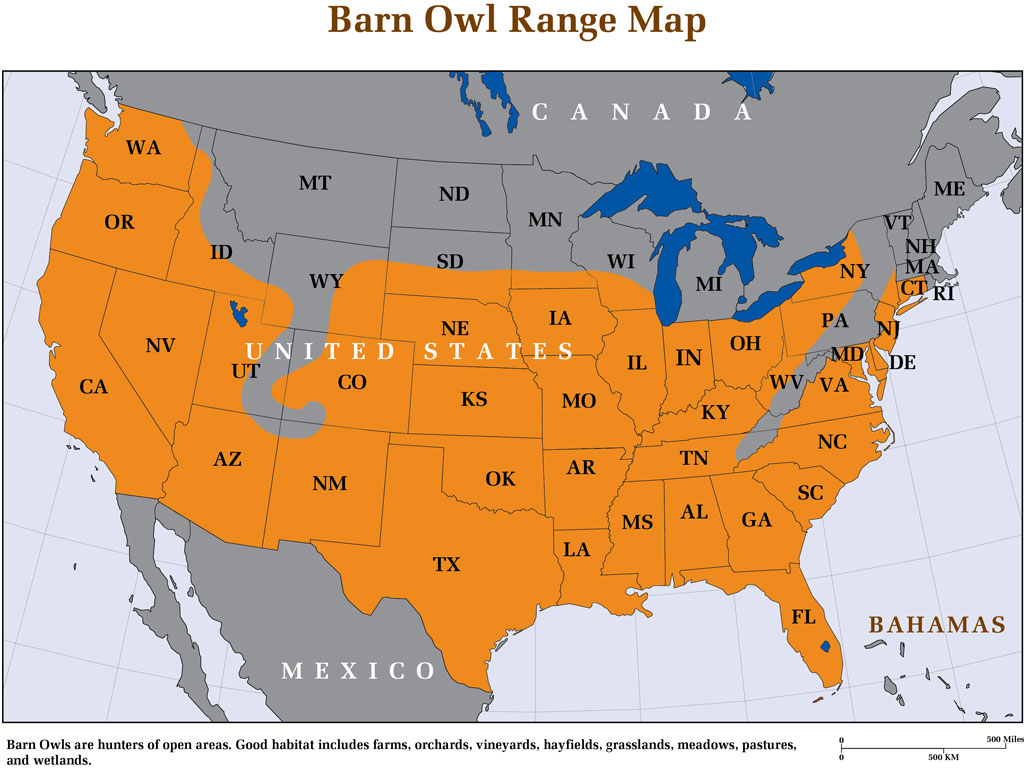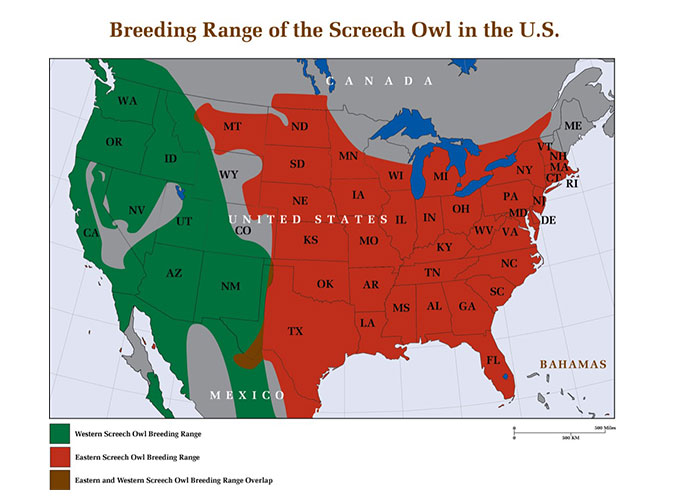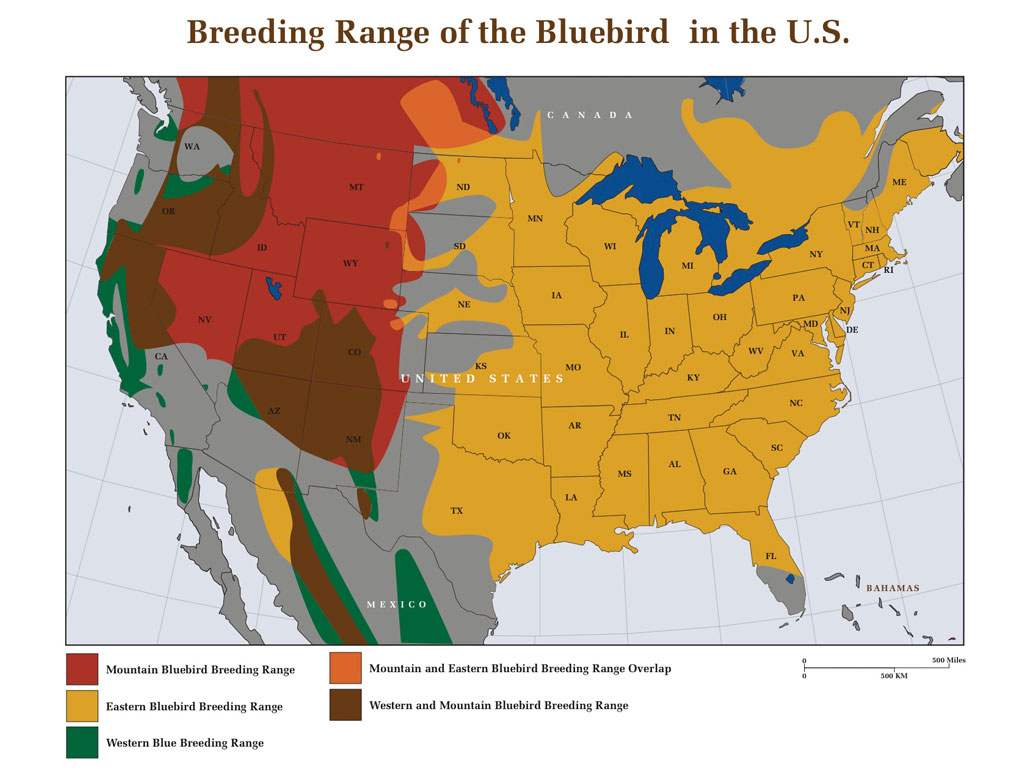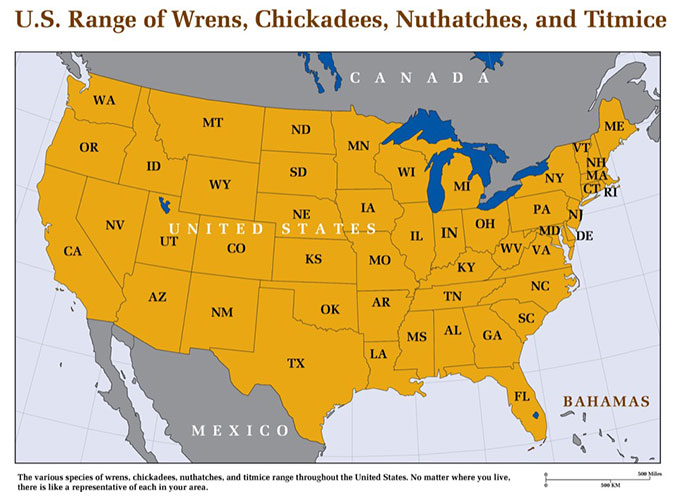Free Shipping to the Contiguous United States

About the Barn Owl Box Company
Mission Statement
The Barn Owl Box Company’s mission is to provide lightweight, long-lasting barn owl boxes that meet high standards for agriculturalists, conservationists, researchers, and property owners while at the same time providing in-depth information on natural rodent control, integrated pest management, and barn owl conservation.
About Mark Browning
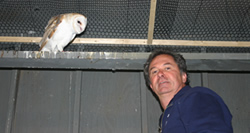 The Barn Owl Box was designed by Mark Browning, animal trainer and field researcher for the Pittsburgh Zoo. Browning has studied barn owls for the past nine years and conducted the first satellite telemetry study of the barn owl’s seasonal movements. His idea for a lightweight, long-lasting barn owl box that could be easily installed grew out of his conservation efforts on behalf of this valuable predator.
The Barn Owl Box was designed by Mark Browning, animal trainer and field researcher for the Pittsburgh Zoo. Browning has studied barn owls for the past nine years and conducted the first satellite telemetry study of the barn owl’s seasonal movements. His idea for a lightweight, long-lasting barn owl box that could be easily installed grew out of his conservation efforts on behalf of this valuable predator.
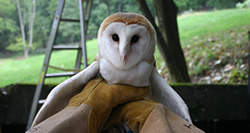
Mark Browning conducted the first satellite tracking study of young barn owl dispersal.
In conjunction with Moraine Preservation Fund of Western Pennsylvania, and the help of numerous professionals in the field, Browning conducted the first satellite tracking study of barn owl movements. A team of volunteers attached lightweight transmitters to sixteen young barn owls, released them in western Pennsylvania, and tracked them for one year.
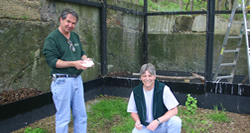 Dr. Frank Ammer of Frostburg University and Mark Browning weighing and banding juveniles.
Dr. Frank Ammer of Frostburg University and Mark Browning weighing and banding juveniles.
The results showed that young barn owls in northern latitudes disperse widely in the late fall and that many go south to the Gulf states. Many of the birds flew over 200 miles in a four day period. One owl flew as far as New Orleans for the winter, a distance of over 1200miles. Another wintered in coastal South Carolina and returned to a barn only forty miles from its original release point near Pittsburgh.Data from such studies is helping to formulate conservation efforts for this bird which has declined in many northern states.
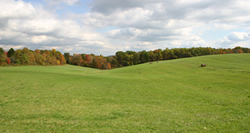 Early after release, all of our barn owls found their way to freshly mown hay fields.
Early after release, all of our barn owls found their way to freshly mown hay fields.
One of the conclusions taken from the study was that the barn owl is not a good candidate for breed and release programs designed to bring back populations of barn owls—particularly in the north-central states where they have declined. This is due to naturally high mortality of young barn owls combined with the fact that the young disperse so widely and only rarely return to their natal areas. Instead, the study shows that conservation efforts are better applied to habitat preservation and enhancement, with a heavy emphasis on nest box erection programs.
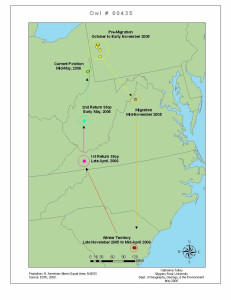
All of the study’s surviving barn owls dispersed dramatically in the fall. Most went south. This bird wintered in South Carolina, then moved back to within 40 miles of release point near Pittsburgh.
This tendency to disperse widely in random directions shows something very elemental to the dynamics of barn owl populations. It explains, in part, why barn owls are the most widespread land bird in the world and how they quickly colonize newly opened areas. It also confirms that low populations will naturally repopulate good habitat if there are adequate nesting sites. This tips the balance in favor of habitat preservation and enhancement over breed and release schemes.
CURRENT RESEARCH: THE BARN OWL/RODENT PROJECT IN CALIFORNIA
In 2011, Browning began a new research project, the Barn Owl/Rodent Project, designed to measure the effect of a large, dense population of barn owls on a resident rodent population. On a 100-acre vineyard situated 30 miles south of Sacramento, California, Browning and a team of students from U.C. Davis, Sacramento State College, and Cosumnes River College erected 25 nest boxes in an effort to see just how dense of a population of barn owls could be attracted to a relatively small area. At the same time, the team began to measure rodent activity on the study area. (The vineyard was chosen because of its heavy pocket gopher and vole infestation.) This was the first study ever conducted designed to measure rodent numbers in relation to heavy predation by barn owls.
The results have been nothing less that astounding. The team efforts resulted in 10 breeding pairs occupying the vineyard in 2011. These 10 pairs successfully fledge 44 young, creating a population of 66 owls feeding off the vineyard. 2012 showed a dramatic increase in owl occupation, with 18 breeding pairs that fledged 66 young for a total of 102 owls harvesting rodent pests in the area, a prodigious number of owls living off a scant 100 acres.
For more information about this project, including great photos of owls, chicks, and even video from our nest box cams, go to our Barn Owl/Rodent Study page.

